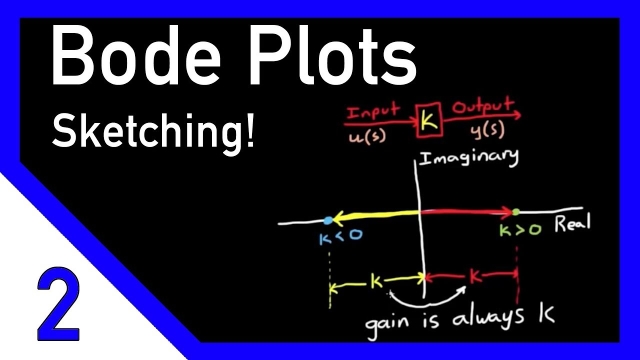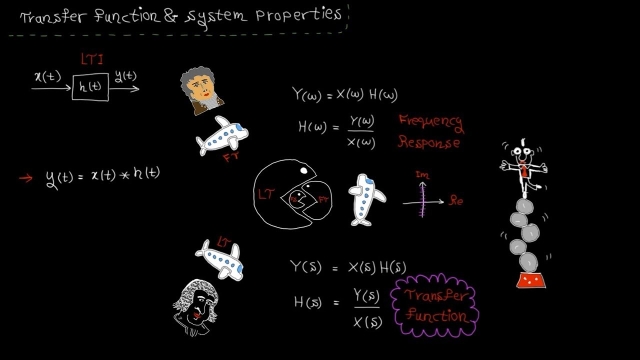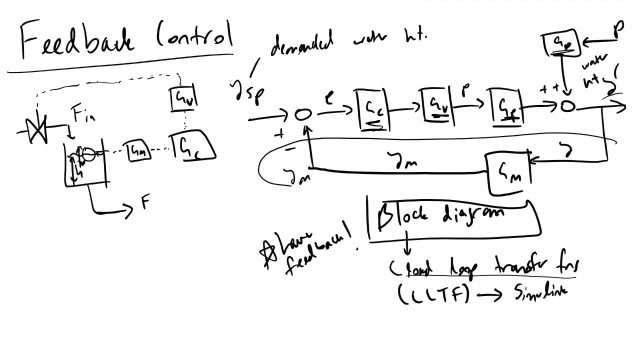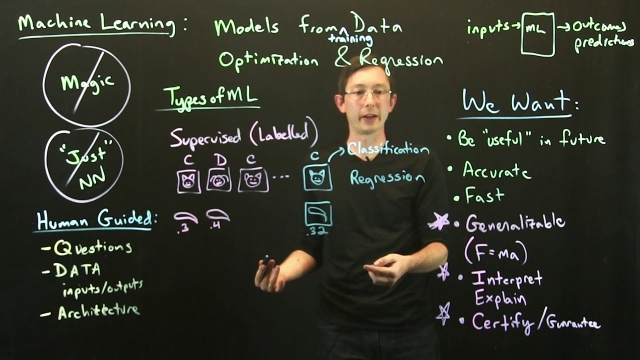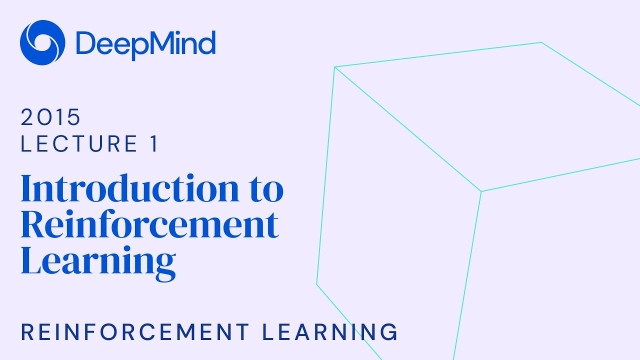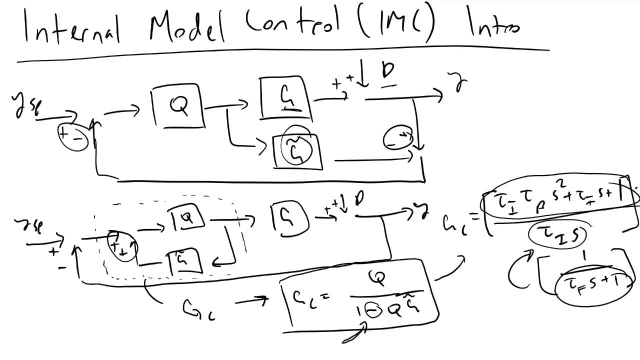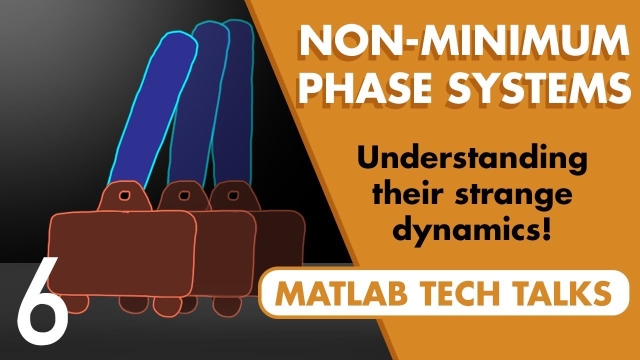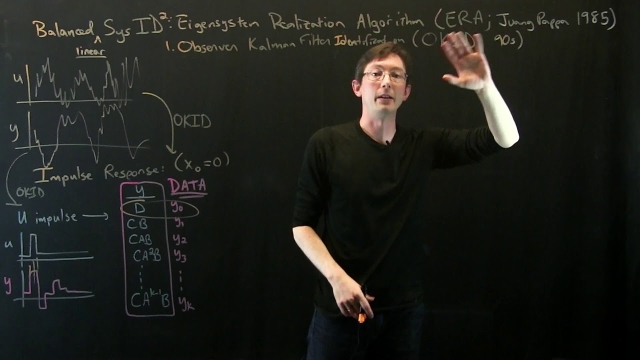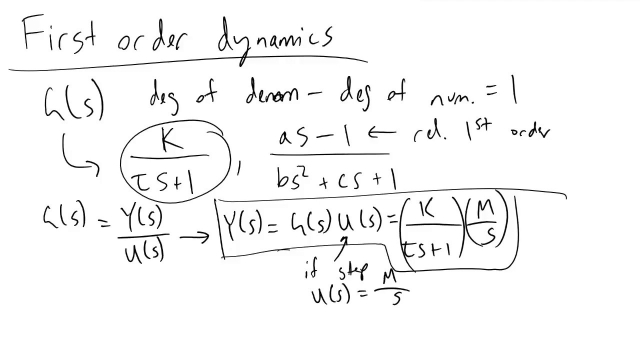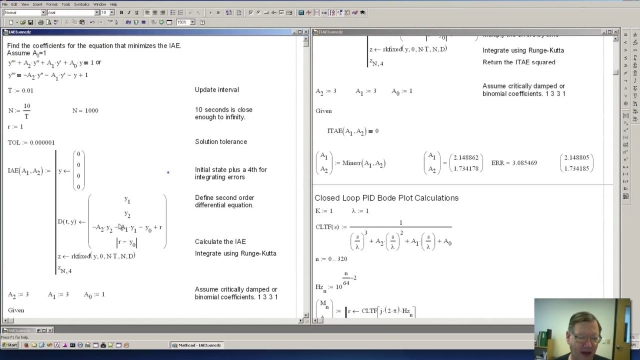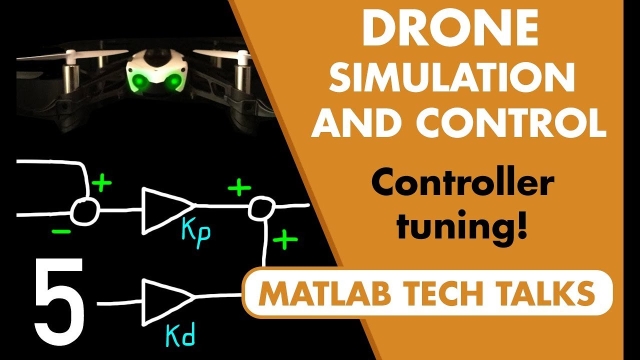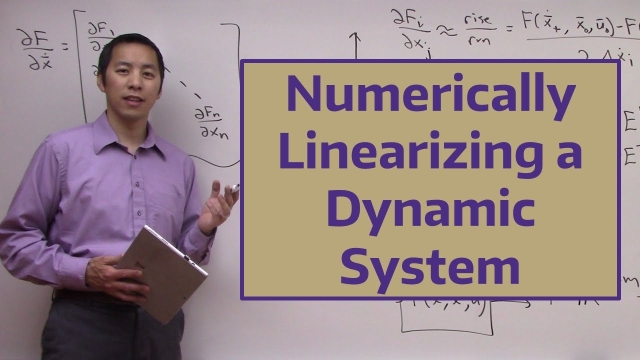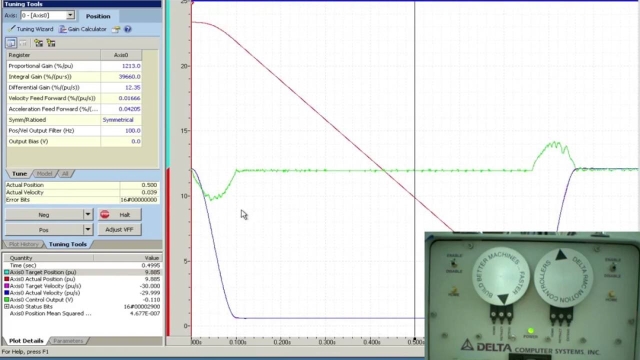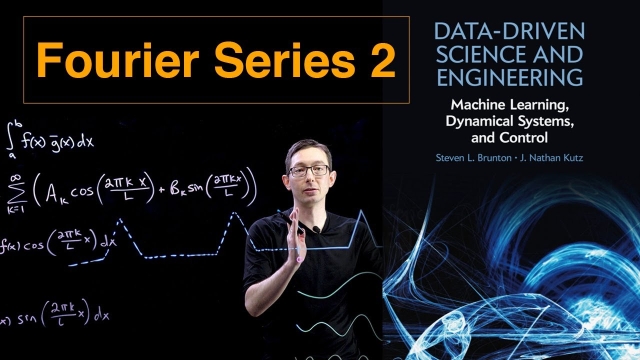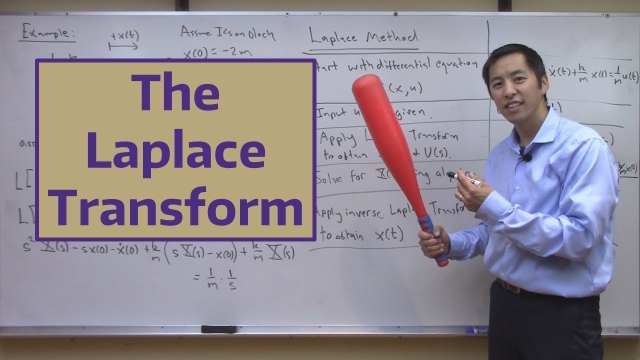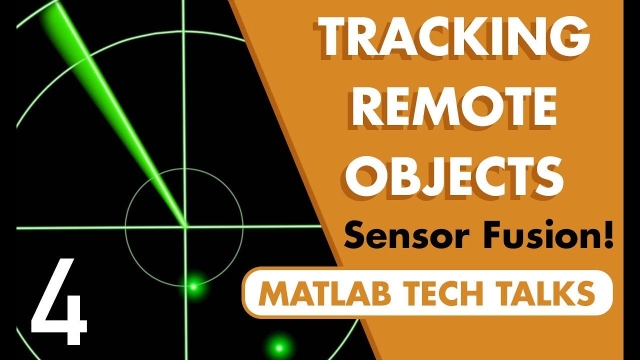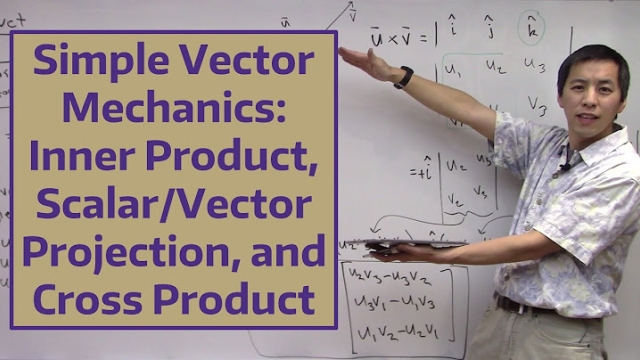
Posicast Control -3 - ( In English )
In this video a Gantry-Crane control simulation problem is introduced. The problem is presented and some introductory simulations are shown.
See MoreDerivation of the Heat Equation
In this video, we derive the heat equation. This partial differential equation (PDE) applies to scenarios such as the transfer of heat in a uniform, homogen...
See MoreControl Systems with MATLAB - Modelling
Singular Value Decomposition (SVD): Matrix Approximation
This video describes how the singular value decomposition (SVD) can be used for matrix approximation.
See MoreTime domain - tutorial 4: transformation examples
In this video, we solve examples to practice different signal transformations using a systematic approach. By the end of this lecture, you should be able to ...
See MoreLinear Systems [Control Bootcamp]
Linear systems of ordinary differential equations are analyzed using eigenvalues and eigenvectors. This will be the mathematical foundation of this bootcamp on linear control theory.
See MoreBode Plots by Hand: Real Constants
This video describes the benefit of being able to approximate a Bode plot by hand and explains what a Bode plot looks like for a simple transfer function; a real constant.
See MoreLaplace domain – tutorial 6: Transfer function & system properties
In this video, we learn about transfer function and system properties. The following materials are covered:1) what is a transfer function?2) relation between...
See MoreFeedback Control and Block Diagram Introduction
How do engineers begin to design controllers to respond to disturbances and maintain set points? In this example, I'll discuss how we can design a controller...
See MoreGimbal Lock in reference to the Apollo missions
A gimbal is a pivoted support that permits rotation of an object about an axis. For this reason, a set of three axes gimbals are used in spacecrafts to help with orientation attitude control...
See MoreTypes of Machine Learning 1
This lecture gives an overview of the main categories of machine learning, including supervised, un-supervised, and semi-supervised techniques, depending on the availability of expert labels...
See MoreRL Course by David Silver - Lecture 1: Introduction to Reinforcement Learnin...
Introduces reinforcment learning (RL), an overview of agents and some classic RL problems.
See MoreInternal Model Control IMC Introduction
Internal Model Control IMC Introduction
See MoreControl Systems in Practice, Part 6: What Are Non-Minimum Phase Systems?
We like to categorize transfer functions into groups and label them because it helps us understand how a particular system will behave simply by knowing the group that it’s part of. We gain...
See MoreData-Driven Control: Observer Kalman Filter Identification
In this lecture, we introduce the observer Kalman filter identification (OKID) algorithm. OKID takes natural input--output data from a system and estimates the impulse response, for later...
See MoreFirst Order Dynamics in Process Control
An overview on the identification and behavior of first order dynamics in process control.
See MorePeter Ponders PID - IAE,ITAE,ISE Performance indicators
Performance indicators can be used to compute closed loop pole locations. Only one gain parameter is required to move the pole locations closer to the origi...
See MoreDrone Simulation and Control, Part 5: Tuning the PID controller
In the last video, we learned how accurate, nonlinear models are great for simulation but they don’t lend themselves well to linear analysis and design. This video takes the nonlinear model...
See MoreNumerically Linearizing a Dynamic System
In this video we show how to linearize a dynamic system using numerical techniques. In other words, the linearization process does not require an analytical...
See MoreAuto Tuning a Small DC Motor in Torque Mode
I was really testing the picture in picture feature of the Screen Flow software I use to make these videos. I knew the auto tuning would work. I kept the v...
See MoreFourier Series: Part 2
This video will show how to approximate a function with a Fourier series, which is an infinite sum of sines and cosines. We will discuss how these sines and cosines form a basis for the...
See MoreThe Laplace Transform
In this video we show how to perform the Laplace transform on a signal in the time domain to obtain its equivalent representation in the Laplace domain. Top...
See MoreUnderstanding Sensor Fusion and Tracking, Part 4: Tracking a Single Object W...
This video describes how we can improve tracking a single object by estimating state with an interacting multiple model filter. We will build up some intuition about the IMM filter and show...
See MoreLecture 13: Stability and Routh Hurwitz criterion
Simple Vector Mechanics: Inner Product, Scalar/Vector Projection, and Cross ...
In this video we discuss several simple vector operations such as: 1. Computing the magnitude of a vector 2. The inner/dot product 3. The scalar and vector projection 4. The cross product
See More
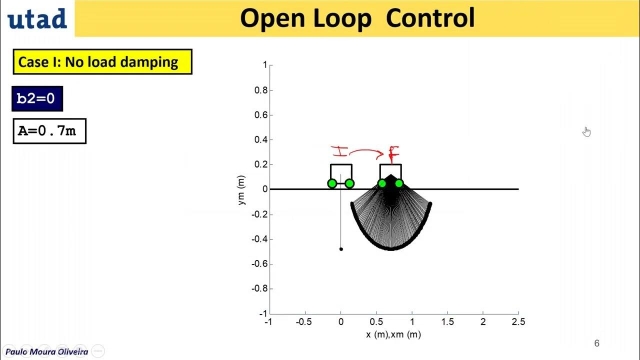
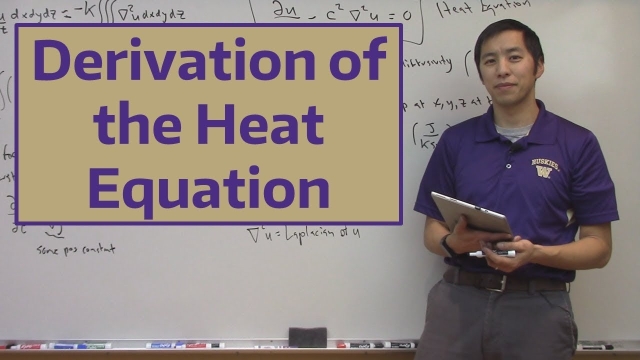
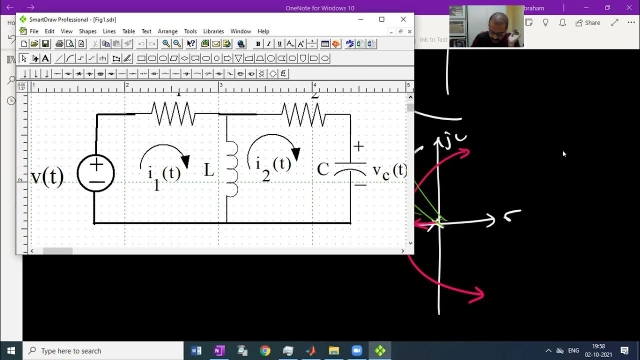
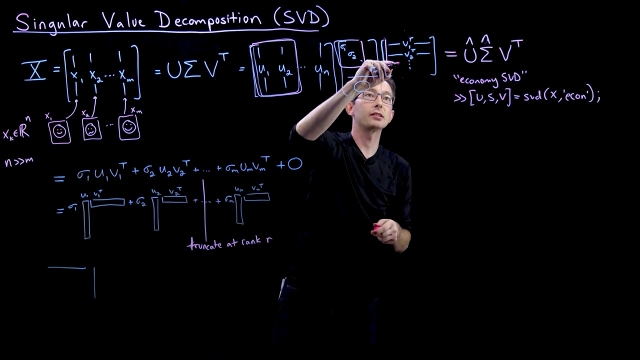
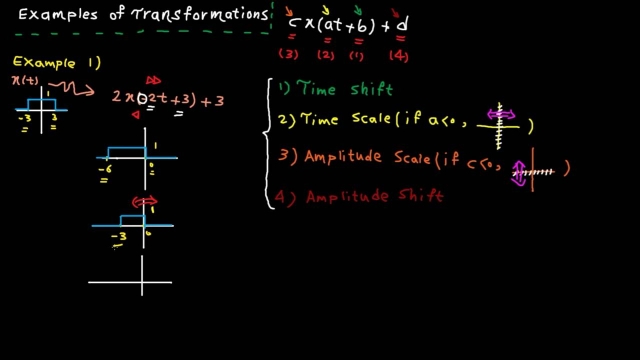
![Linear Systems [Control Bootcamp] Linear Systems [Control Bootcamp]](/sites/default/files/styles/search_resulkts/public/2020-12/maxresdefault_441.jpg?itok=5LYUu0Zj)
